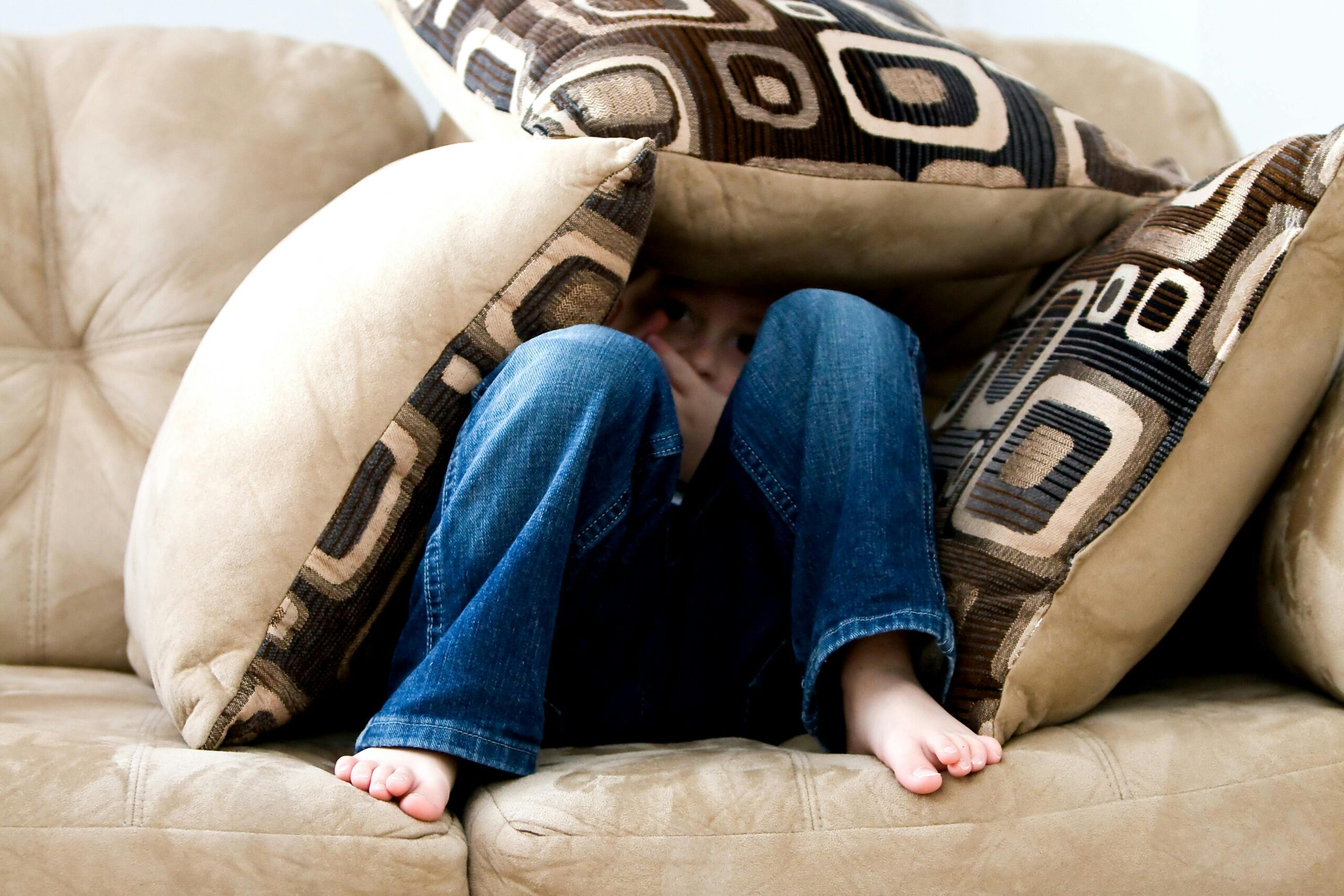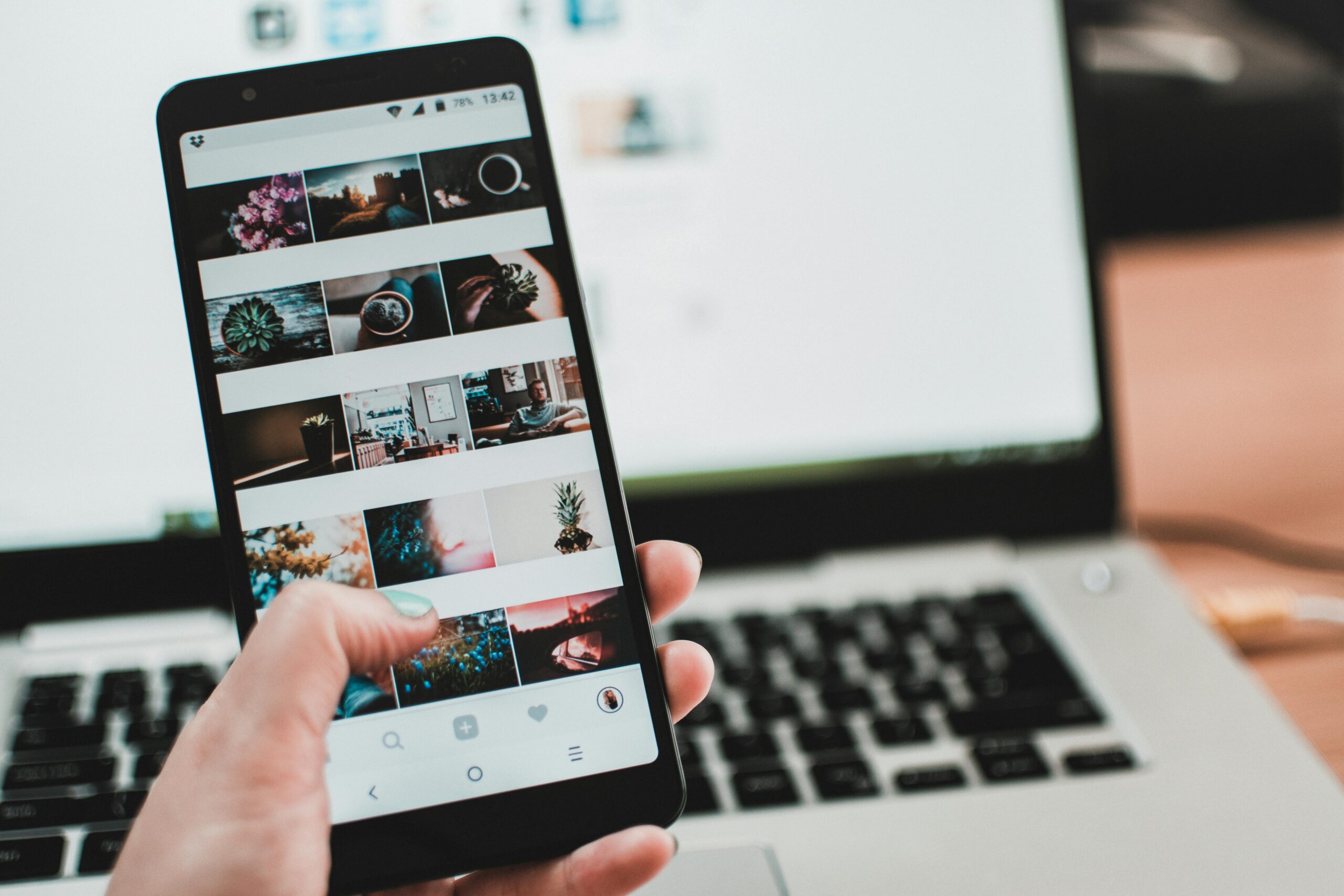
Why women eat their placenta or how safe it for her?
What is the placenta?
As an organ, the placenta is shaped like a pancake or a disk. It is connected to both the mother’s uterus and the baby’s umbilical cord. Several critical functions are performed by the placenta during pregnancy. The placentas are organs that develop within the mother’s uterus during pregnancy. As a result, the baby’s umbilical cord develops from the placenta. It is attached to the top or side of the mother’s uterus and serves as a lifeline for her baby, providing nutrients and oxygen through the umbilical cord. In addition, the placenta removes waste from the blood of the baby.

Why do women eat their placenta?
A placenta, the organ that grows inside the mother during pregnancy and gives nourishment and oxygen to the baby, is eaten by the mother immediately after giving birth to nearly all mammals. The only exceptions are humans and aquatic mammals. However, the number of pregnant women who consume their placenta has grown in recent years. However, others argue that the placenta’s nutrients and hormones contribute to a mother’s health. Those who support human placentophagy also endorse this idea. Placentas are typically eaten by postpartum women to reap the potential benefits of the nutrients, as well as to help them recover faster from birth. Placentophagy is a practice that is common among 25 percent of women, according to one study. Home births and deliveries at birth centers are strongly associated with eating placenta.
What are the benefits of eating placenta?
The eating of the placenta has been anecdotally reported to be beneficial to women, and researchers are investigating these claims. Supplemental Placenta may also be used to treat sleep disorders, inflammation, and hormonal issues unrelated to pregnancy. Although there haven’t been many scientific studies proving that the placenta can have health benefits, some possible postpartum benefits include the following:
- Reduced postpartum depression risk
- Anemia treatment
- A happier mood
- Better milk production
- Postpartum hemorrhage reduction
- Reduced pain
- Improved bonding with baby
- An increase in energy
- leads to a boost in immunity
How safe is it to eat the placenta?
Oxygen and nutrients are delivered by the placenta to the baby during pregnancy. As a filter, it also prevents toxins from reaching babies. Think about the placenta’s function, and then consider why it would be beneficial to consume it. Placental bacteria, such as group B streptococci, have been shown to be abundant in the placenta. You’re also likely to ingest that bacteria if you plan to consume your placenta. You should consider a few things before eating your placenta to ensure its safety. There are no differences between this organ meat and others. Both can turn bad and harbor bacteria that can cause serious health problems. When you don’t plan on using it right away, you should freeze it until you do. When the placenta is steamed or boiled, its nutritional value is unknown. When considering preparation methods, keep this in mind.
How can placentas be used to eat?
Placentas are usually consumed as capsules. This is achieved by steaming and drying the placenta, followed by grinding it into a fine powder. During the postpartum period, the capsules are taken several times a day. About 100–200 capsules come from one placenta. The capsules made from placentas may also be contaminated with harmful bacteria. The bacteria group B, Streptococcus agalactiae, caused a potentially fatal condition for an infant in the United States earlier this year, late-onset sepsis. A possible source of the infection was identified as the Placenta capsules consumed by the mother. It is rare but a woman should be informed of the potential risk of infection resulting from contaminated placental capsules. Typically, only mild side effects are reported, such as headaches and unpleasant odors.




